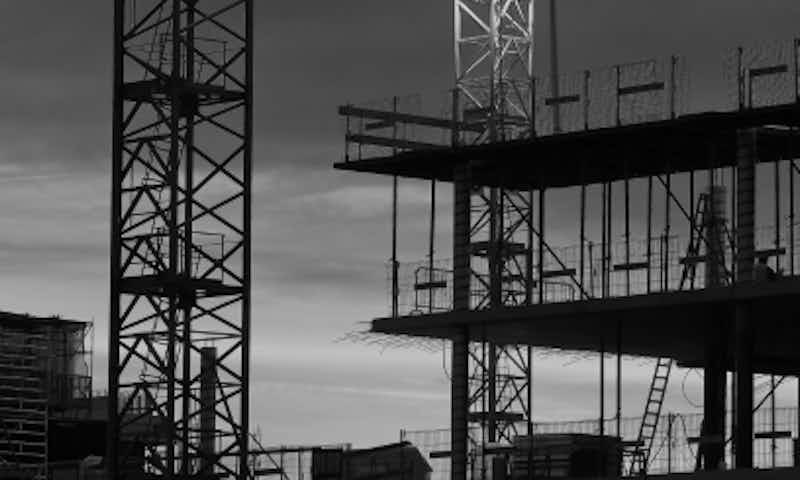How QBCC rules aim to reduce financial failure in the building & construction industry.
In Queensland, if you work in the building industry (except electricians who are governed by separate requirements), the chances are you will need a licence to operate. The Queensland Building and Construction Commission (QBCC) is the statutory body that regulates these licences and the building/construction industry. It is important to note builders’ licensing is determined by state/territory law. This article explores Queensland’s position only.
Each licence class outlines the range of building work for that class. This means that some people depending on the type of work they do, may need more than one class of licence.
Two critical and key factors influence how a builder’s licence is retained (in this article’s context):
- Minimum financial requirement reporting rules.
- If certain insolvency events occur.
Minimum financial requirement reporting rules
From 1 January 2019, all licence holders must meet ‘minimum financial requirements” (MFRs) to ensure every contractor/licensee “has what it is to be considered a strong and financially sustainable business with an appropriate level of working capital.”[1] The aim being, “to reduce financial failure within the industry and ensure that people are paid for their work” or get what they contracted for. This MFR is the minimum Net Tangible Assets (NTA) a licensee is required to have, being a current ratio to ensure a business is financially sound.
Part of the MFR requirements is for licensees to submit annual financial reporting information to the QBCC for assessment. Apart from this annual reporting, a licensee may be asked to provide other information, for example when a licensee wants to increase the maximum revenue attached to their licence. It should be noted the information licensees need to provide depends on their level of maximum revenue.

Licensees with an estimated maximum revenue that will not exceed $800,000 (for a financial year) can simply submit a declaration as to the financial position. Depending on the information provided to the QBCC, it may require a licensee to submit a formal MFR report.
Whereas all licensees licenced for work over the $800,000 threshold they must submit a MFR report. This report cannot be older than four months after the financial reporting period and must be certified by an independent qualified accountant.
Depending on whether the licensee’s maximum annual revenue is over or under $30,000,000 will impose different certifications requirements on the independent qualified accountant as to the information in the report; and for which, the accountant is professionally liable.
If certain insolvency events occur
Should a licensee (or an officer or influential person of a company that holds a licence) fail their MFR, which is also by-product of an insolvency appointment (i.e. a liquidation, voluntary administration, or taking advantage of the bankruptcy laws) the QBCC immediately issues a show cause as to why the licence should not be cancelled and the relevant individual be deemed an excluded individual.
This is because section 56AC of the Queensland Building and Construction Act 1991 provides that an individual or company is excluded from holding a QBCC licence when certain insolvency events occur. It is automatic unless the individual can satisfy to the QBCC Commissioner that at the time of the insolvent event, they had ceased to be an officer or influential person of that company and when they did depart it was solvent.
If an individual becomes an excluded individual, they are prevented from being a QBCC contractor, nominee supervisor, a site supervisor, or a person of influence for a QBCC licensed company.
The first time a person is excluded, they will be excluded for three years from the insolvency event’s date. However, if a person is involved in two separate and independent relevant insolvency events, they may face a life exclusion.
It should be noted that the two insolvency events only apply to construction-related companies. This means that if a licensee is a director of another company completely outside of the building and construction industry, the QBCC will not factor in any formal failure of that company. This is relevant to point out as it used to be the case that any insolvency appointment attached to a licensee was counted as an insolvency event for QBCC licensee purposes.
So, as it can be seen, it depends on what licence is held and in what state/territory as to the implications of an insolvent event. Certainly, it is very different to the position in New South Wales as Alex Sui in our Sydney office outlined in his article: What happens to my builder's license if my company is in external administration?
With 25 partners and 32 offices, Worrells has both the experience and resources to assist businesses in the construction sector experiencing financial distress. Your local Worrells Partner is available to talk through the options available to your clients in the building industry.
Related articles:
Feb 2019: Qld licensed builders beware!
Nov 2015: The QBCC director banning amendments (Qld)
[1] https://www.qbcc.qld.gov.au/sites/default/files/Guide_to_Annual_Financial_Reporting.pdf



